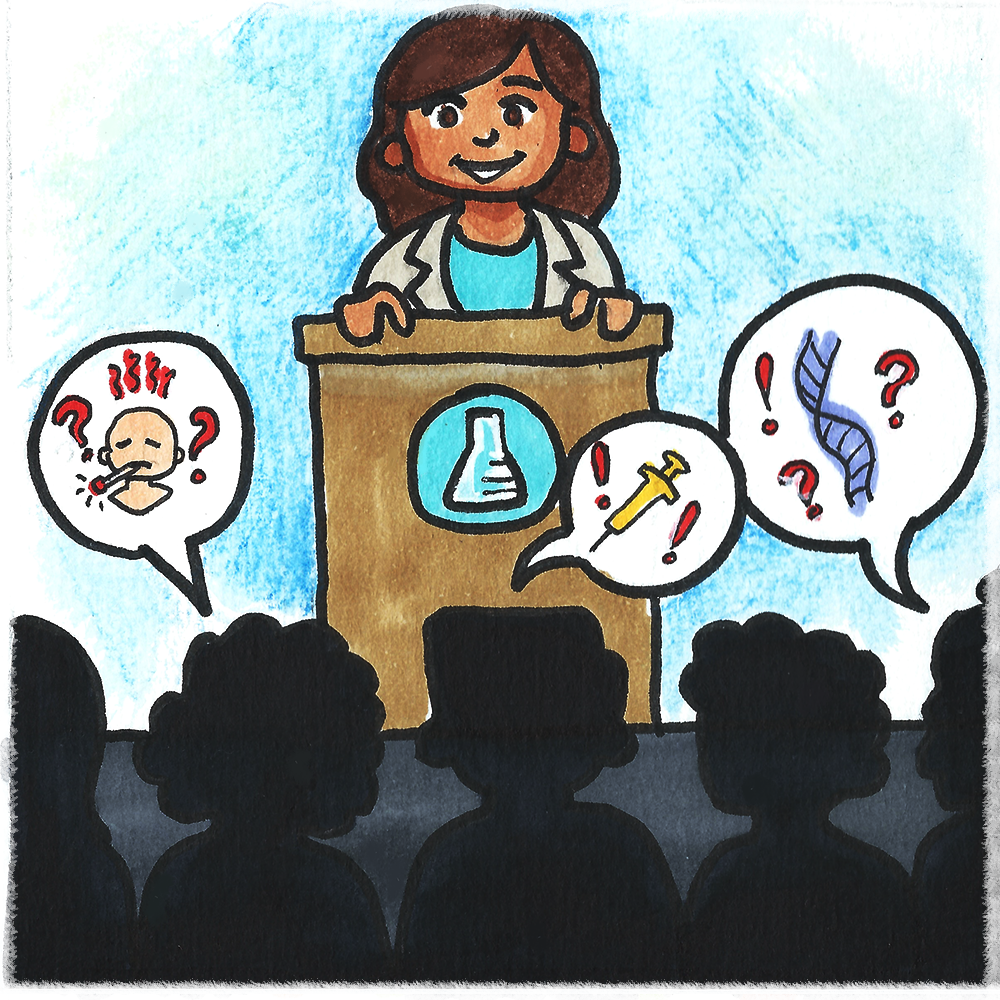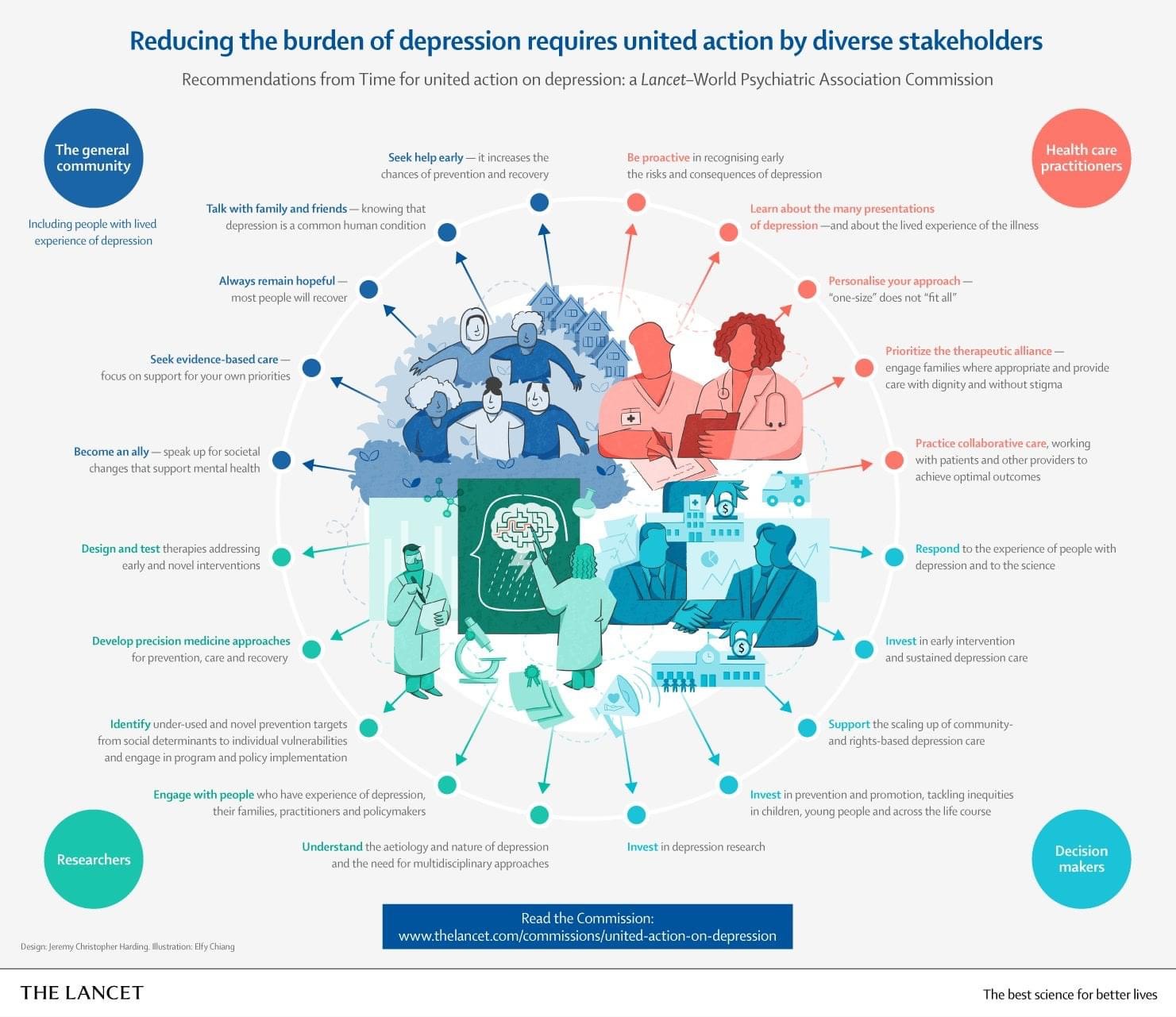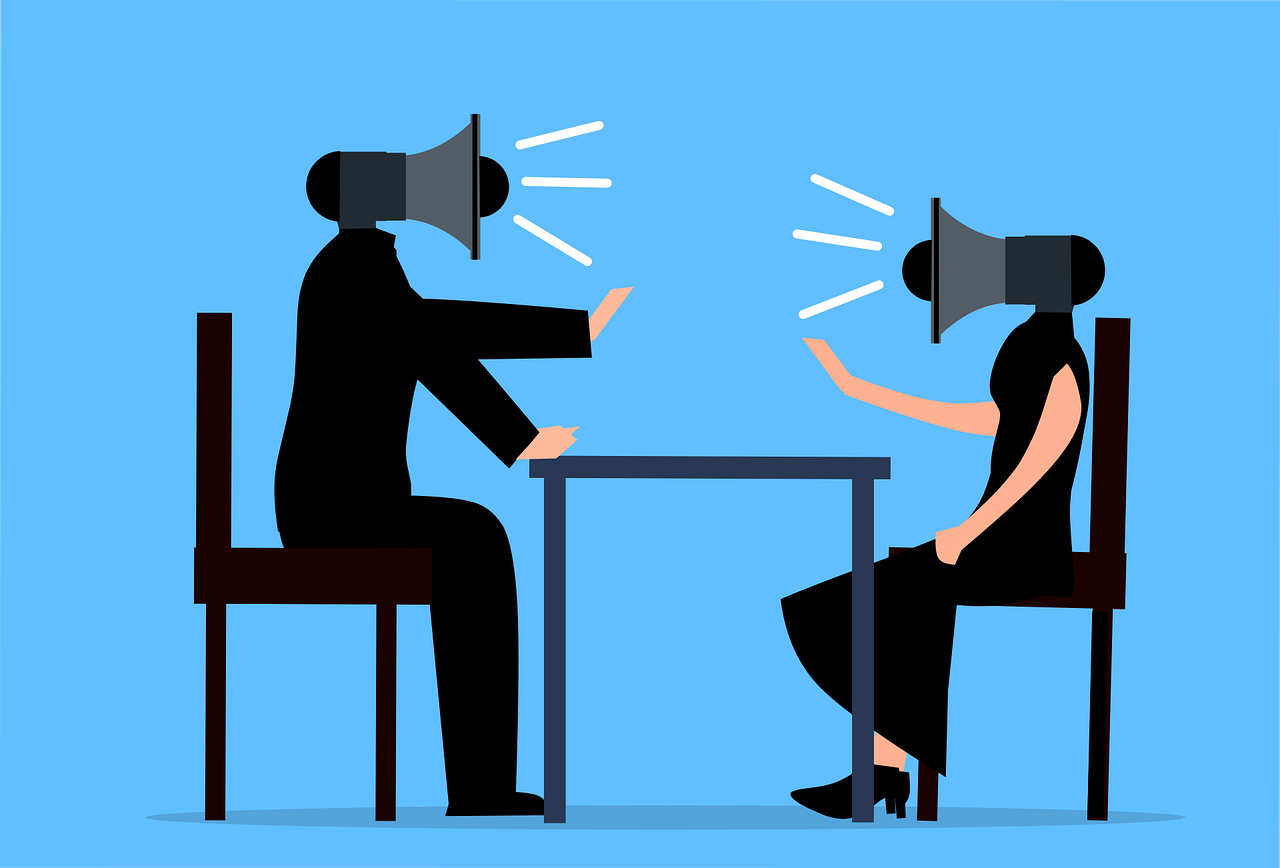
By Aparna Shah, PhD.
It is almost impossible to exaggerate how much scientific knowledge impacts our everyday lives. This has been especially evident during the ongoing COVID-19 pandemic, whether it be in the context of methods used to detect the virus, public policies and measures to curb its spread, advances in treatment options, or vaccine development — our ultimate escape route. Yet this very pandemic has exposed the extent of disbelief in science within society, which begs the question: What makes people mistrust science? [Editor’s note: Or rather, what makes science less than trustworthy?]
A 2019 survey conducted by the Pew Research Center to understand public trust in scientific experts among Americans revealed a partisan divide in responses, with people’s political identities correlating with their confidence (or lack thereof). However, this political schism was observed primarily in people’s attitudes towards climate, energy, and the environment. It did not extend necessarily to other scientific issues.
What then are some common sources of doubt in scientific findings?
Their survey showed that among other factors, questions about scientific integrity were at the core of public mistrust in science. A lack of transparency about various aspects of the scientific endeavor has widened the gap between scientists and society. People are skeptical of the sources of research funding and potential conflicts of interest. Policies to account for scientific errors and misconduct are unheard of among the general public. The publication process is an enigma, and this brings us to another obstacle — the paywall. Not having access to scientific literature makes the scientific process even more obscure and unreliable.
Taking a step back, we must also consider the importance of educating the public on the scientific method itself in order to battle mistrust and encourage critical thinking. Scientific evidence is frequently presented to the public as established facts. This fails to convey the nuances of the research process and leads to questions such as, ‘Isn’t this just a theory?’ or ‘Why are scientists contradicting what they said about the effectiveness of masks two months ago?’ A better knowledge of the scientific method would entail appreciating that science is a systematic and empirical process of testing hypotheses.
While in science there is no absolute certainty, scientists scrutinize each other’s methods and analyses and often repeat their own as well as others’ studies. It is through this rigor and reproducibility that the scientific community arrives at reliable knowledge, which may be further refined with the availability of more powerful tools and techniques. Insight into this process of scientific inquiry would help people see the objectivity in research findings and underscore the self-correcting nature of science. Some scientists have also advocated for being more open about existing controversies in science and engaging in public debates to disclose how science evolves over time.
Finally, motivated reasoning, confirmation biases, and cognitive dissonance also obstruct people’s ability to objectively evaluate scientific evidence and may contribute to mistrust in science.
While some of these issues stem from human psychology and may be harder to address, others can be tackled by enhancing transparency, rigor, accessibility, education, engagement, and communication. The onus to regain and sustain public trust in science is, after all, on us.

Aparna Shah (@Neuro_Musings) is currently a Postdoctoral Fellow at Johns Hopkins University, Baltimore, USA. She is exploring the role of microRNAs (or gene-silencing ‘messengers’) in regulating neuronal function. She has spent the last decade exploring the neurobiology underlying depression and antidepressant therapies, Parkinson’s disease, and drug addiction. She is passionate about science communication, education, and outreach and believes that the best way to learn something is to explain it to someone else! She finds baking therapeutic and is as obsessed with food as her rescue beagle.
Learn more about the trust gap between scientists and the public here. Come back soon for more information on how art and storytelling can help people engage with and trust science more.
Featured image by DiAn Augustus appears in our “How to build trust in science and health” Lifeology course.





